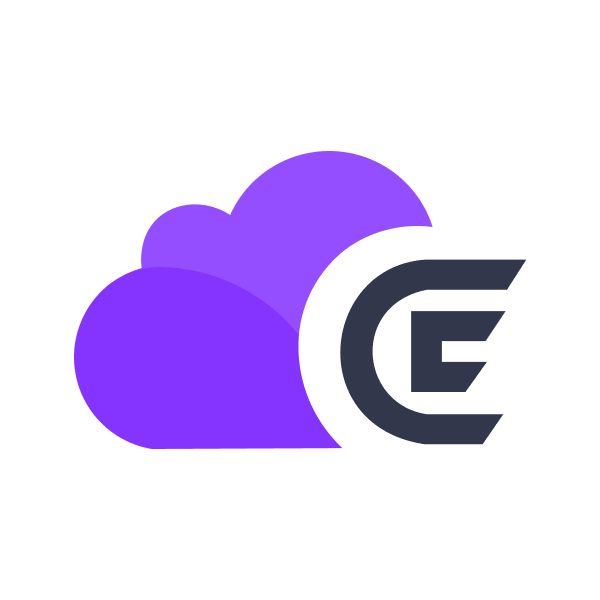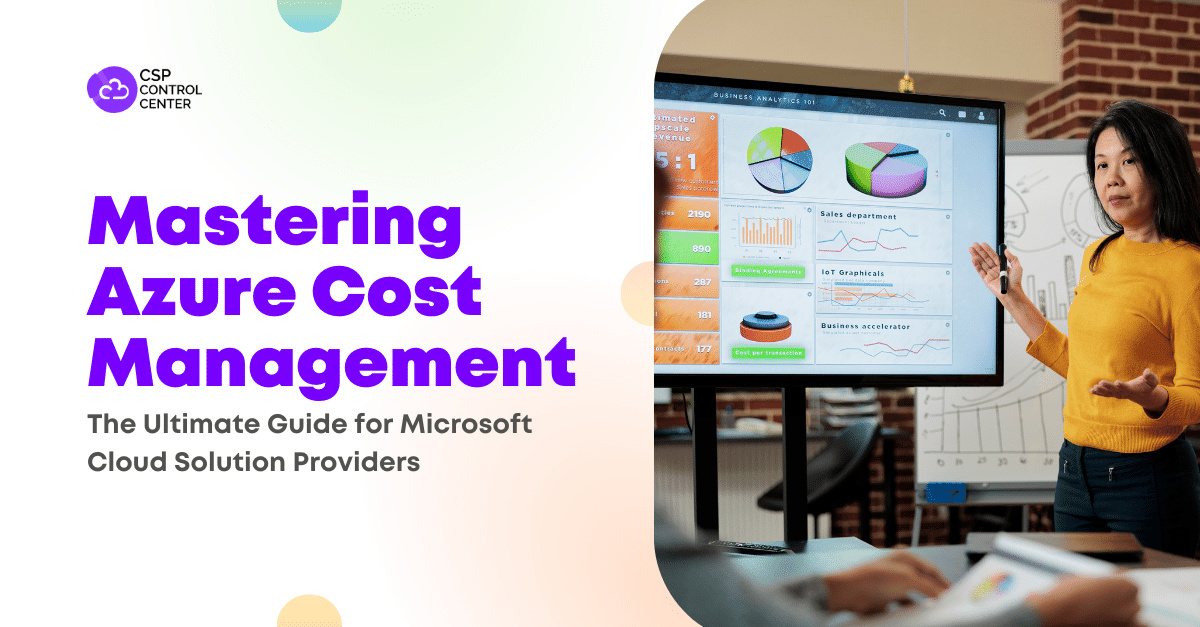Effective cost management is vital for maintaining profitability, and competitiveness, and ensuring customer satisfaction. As a Microsoft Cloud Solution Provider, you play a critical role in managing the long-term cloud provisioning and deployment for your customers. However, keeping Azure costs in check can be challenging at times. According to
Flexera,
“82% of the survey respondents felt that managing cloud spends is the top challenge.” To deliver value to your customers, you need to master Azure cost management by understanding its key concepts and implementing best practices. By doing so you can optimize Azure costs, provide value-added services to customers, and build stronger customer relationships. Mastering Azure cost management is a strategic differentiator that can set you apart in the competitive cloud marketplace. Managing Azure costs can present several challenges, one of them being the complexity of Azure’s pricing model which can make it difficult to predict and understand Azure bills. Additionally, a lack of visibility into resource usage makes it difficult to identify areas to optimize costs. Another challenge is that without proper monitoring, resources can be overprovisioned or left idle leading to unnecessary costs.
Why Azure Cost Management Matters
As a Microsoft Cloud Solution Provider, Azure Cost Management matters because it enables you to optimize your customer spending, control costs, improve resource efficiency, plan effectively, ensure billing transparency, and maintain compliance and governance. By effectively managing costs, Partners can maximize the value their customers derive from their Azure investments while minimizing financial risks.
Cost Optimization
Azure provides a vast array of services, each with its associated costs. Cost management helps optimize spending by identifying areas where costs can be reduced without sacrificing performance or functionality.
Budget Control
With Azure Cost Management, organizations can set and monitor budgets to ensure that spending aligns with financial goals. This helps prevent overspending and enables better financial planning.
Resource Efficiency
Understanding Azure costs allows organizations to optimize resource usage, ensuring that resources are provisioned efficiently and not wasted on underutilized or unnecessary services.
Forecasting and Planning
By analyzing historical spending patterns and usage trends, Azure Cost Management enables organizations to forecast future costs accurately. This helps in planning for future projects and resource allocation.
Billing Transparency
Azure Cost Management provides detailed insights into usage and spending, offering transparency into how resources are being consumed and billed. This transparency is crucial for accountability and cost allocation within organizations.
Compliance and Governance
Effective cost management is essential for maintaining compliance with regulatory requirements and internal governance policies. Azure Cost Management helps organizations track spending and ensure that resources are used in accordance with regulatory standards and internal policies.
Competitive Differentiation
Demonstrating expertise in Azure cost management can set you apart from the competition. By doing so, you switch from being a service provider to a trusted advisor. When you can highlight a proven record of optimizing client Azure costs, you attract new clients and strengthen existing relationships. In a crowded cloud marketplace, with multiple CSPs offering similar services, providing cost savings becomes a key differentiator.
Azure Cost Optimization: Strategies and Best Practices
Effective Azure cost optimization is crucial to reducing costs, having more control over cloud spending, and enabling more accurate financial planning. Several factors can impact Azure costs and understanding these factors is essential for the efficient management and optimization of Azure expenses. Different pricing models, resource types, services, locations, and billing zones are some of the factors that can impact Azure spending. Here are the key strategies and best practices that can help optimize costs without sacrificing performance or functionality.
Right-Sizing Resources
One of the most important strategies to optimize Azure costs is right-sizing resources. By analyzing the resource usage patterns you can accurately match resources to workload demands. You can identify which resources are consistently underutilized and consider downgrading them to lower-cost options. By eliminating over-provisioning or underutilization of resources, you can reduce unnecessary cloud costs.
Leveraging Azure Pricing Models
Azure has different pricing models that can help achieve optimal pricing for different workload requirements. Selecting the most cost-effective option for each workload is important for optimizing cloud spending. Here are the key models:
- Pay-as-you-go – This is suited for unpredictable workloads with fluctuating resource needs. This offers maximum flexibility as there are no upfront commitments and billing as per actual usage. But it can be expensive for consistent or high-usage scenarios.
- Reserved Instances (RI)- These are cost-effective options for predictable workloads. Committing to one-year or three-year plans can lead to discounts of up to 72% compared to pay-as-you-go pricing.
- Spot Instances- If the workloads are flexible and can manage interruptions such as testing, quality assurance, batch jobs, etc. spot instances offer substantial cost savings. Unused compute capacity can be purchased at a discount of up to 90% compared to pay-as-you-go pricing.
Storage Tiering
Azure provides multiple storage tiers with different pricing, performance, and access patterns.
Azure Blob Storage offers different access tiers – Hot, Cool, Cold, and Archive. These storage tiers cater to varying data access frequencies. The first three tiers are online tiers, and the last one is offline tier. By assessing the data access patterns you can utilize storage tiering to minimize storage costs without compromising performance. The frequently accessed data can be stored in the hot tier whereas data that is rarely accessed can be moved to the archive tier.
Using tools for Azure Cost Management
You can use a range of tools and services to help monitor, analyze, and optimize Azure costs across multiple customer subscriptions. Leveraging the power of both Microsoft CSP billing tools and native Azure offerings can help optimize cloud costs with transparency, accuracy, and efficiency. Microsoft provides tools including Azure Cost Management, Azure Cost Management API, Azure Advisor, and Azure Price Calculator, you can learn more about cost management tools from Microsoft
here. In addition to this, you can use Microsoft CSP billing tools that integrate with Azure. These robust Microsoft CSP billing solutions offer advanced features such as granular cost allocation, customized billing, extensive reporting, and analytics, etc. to enhance your cost management capabilities.
Engaging Customers in Cost Optimization
Engaging customers in Azure cost optimization fosters a sense of cost awareness, ownership, and accountability. As cost optimization is not a one-time effort, but an ongoing process, continuous customer engagement helps build a strong partnership. You need to provide your customers with transparent billing, cost reporting, and usage insights. You should also educate customers on cost optimization best practices by conducting workshops on right-sizing resources, storage tiering, etc. You can also develop customized cost optimization plans based on customers’ business needs.
Continuous Monitoring and Optimization
For an effective outcome, Azure cost optimization needs continuous monitoring and adjustment. As workloads and requirements can change rapidly, you must regularly monitor resource utilization, detect idle resources, review cost data, monitor spending trends, etc. This involves. setting up alerts and notifications, scheduling regular reviews and audits, and identifying opportunities for cost optimization as new features, technologies, and pricing models are introduced.
Optimize Azure costs with C3
While Microsoft provides a range of cost management tools, as a Microsoft CSP, you often require a more advanced and specialized solution to streamline Azure cost optimization. By partnering with C3, you get access to the ultimate Microsoft CSP billing solution that can help streamline cost management processes, reduce overspending, and deliver exceptional value to your customers. Here is how you can achieve Azure cost optimization with C3:
- Comprehensive Cost Visibility- with C3, you can gain comprehensive visibility into Azure costs across multiple customer accounts and subscriptions. This provides you with insights into usage patterns and spending trends, enabling you to identify areas for Azure cost optimization.
- Azure Budget Management– C3 enables you to set, track, and manage Azure budgets for your customers. You can set up spending thresholds and receive initiative-taking alerts when spending exceeds predefined limits. This ensures proactive cost management and avoids budget overruns.
- Customer Self-Service Portal– the robust customer self-service portal empowers your customers to manage their accounts and subscriptions in one place and offers them enhanced control over Azure spending.
Get in
touch to learn more about optimizing Azure costs with C3.

 CSP Control Center
CSP Control Center
 CloudEvents
CloudEvents


